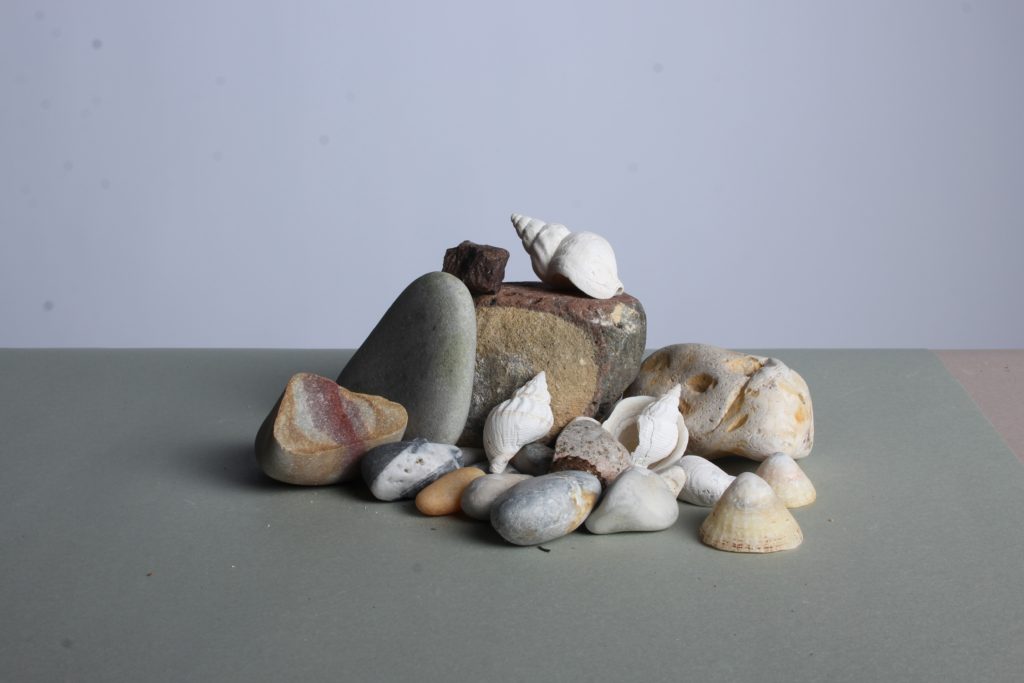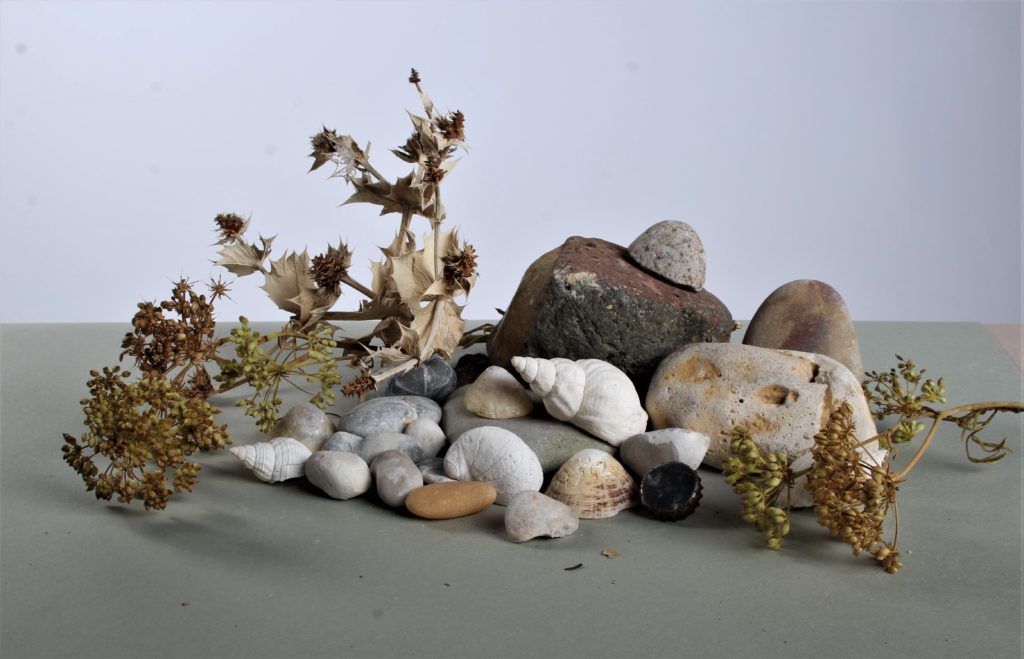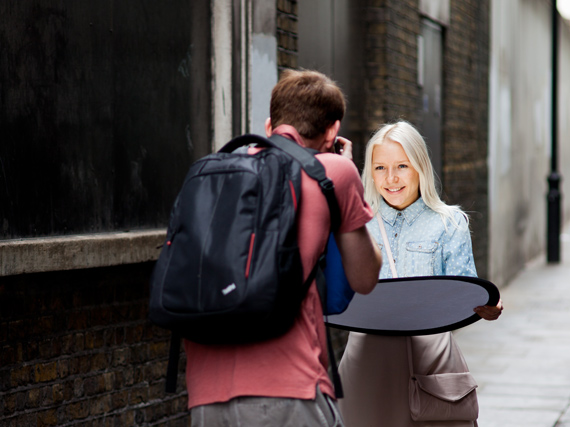Continuous lighting vs flash lighting:
Continuous lighting is the opposite of flash – the lights are constantly lit instead of only when the shutter is pressed.
Continuous lighting can be paired with a slower shutter speed, giving the photographer the opportunity to create shadow and even a chiaroscuro effect. With this slower shutter speed however, (anywhere under 1/100 of a second) the photographer would need to remain aware of any movement in the image, and to temper this with use of a tripod, if necessary. Therefore, a differentiation between the two will give different results.
There are different types of continuous lighting however, which I will show examples of here:

A Key light is the primary source of light in your images. The colour, strength and shape of your key light will affect the entire composition.


Backlighting involves having the main light source for a photograph behind the primary subject – this can create some interesting shadows and also eliminate ambiguity if the photographer wishes to.

Reflected lighting is a clever way of using the light in your environment to your own advantage and manipulate it to create different effects. In the above example, it is clear that by adding the reflection, the image will have far more depth and clarity, but will still have the same exterior background.
Flash lighting involves the use of a bulb that flashes when the shutter is pressed. This creates a high key light source and eliminates shadows. It is also mostly paired with a fairly high shutter speed.
https://fstoppers.com/lighting/continuous-lights-versus-flash-portrait-photography-610586
